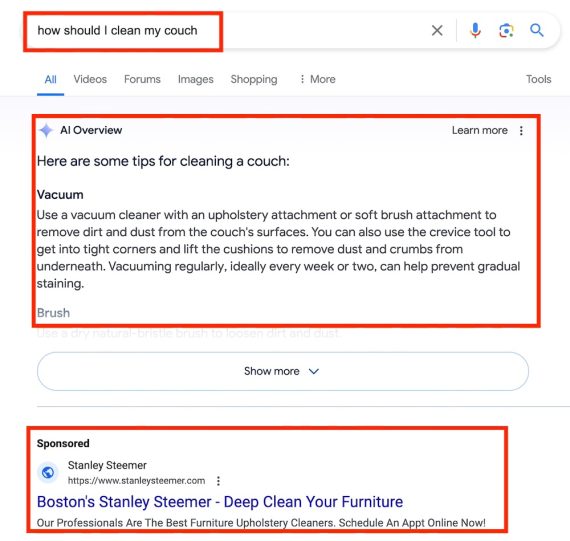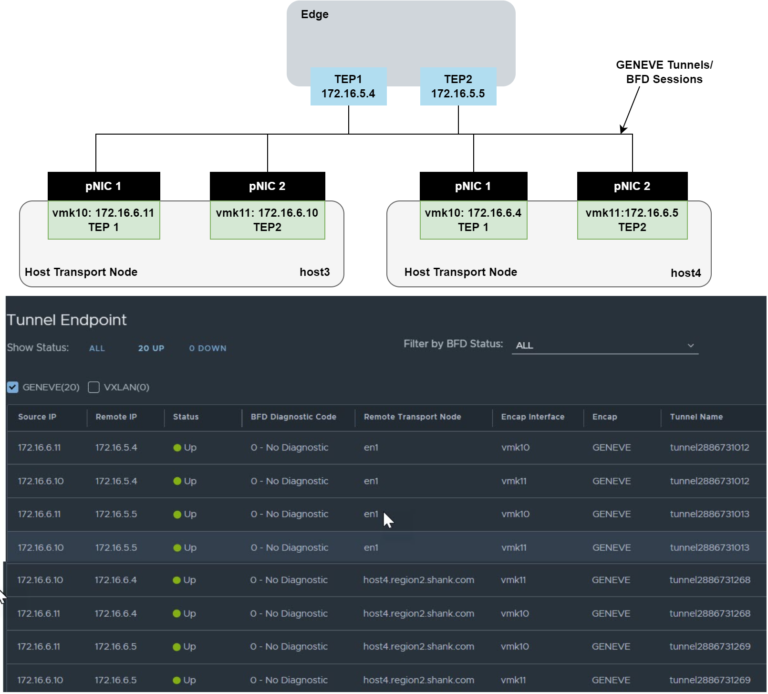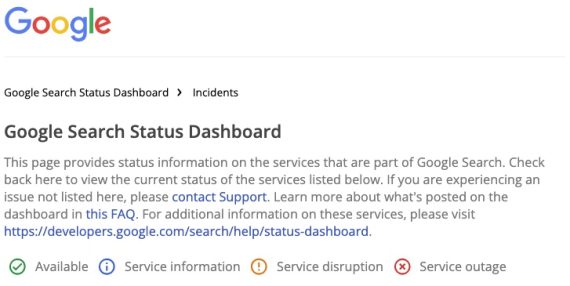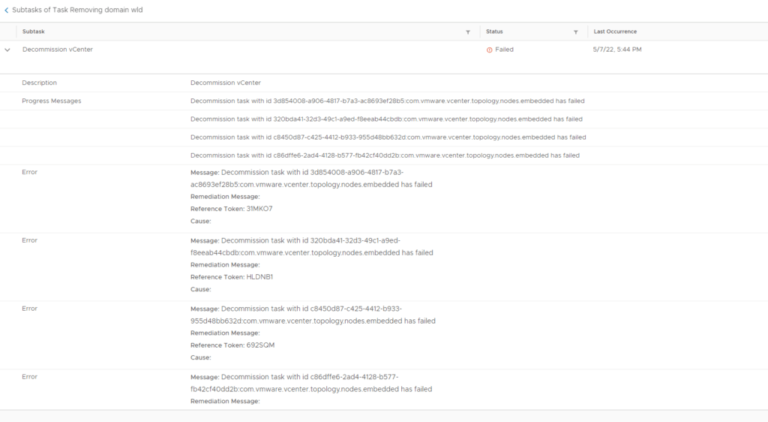A website accessible to consumers with disabilities is both good for business and legally compliant. Here are eight new and time-honored books to help ensure your ecommerce site meets modern accessibility standards.
Books for Web Accessibility
Web Accessibility Cookbook: Creating Inclusive Experiences by Manuel Matuzovic

Web Accessibility Cookbook
Released just last week and already an Amazon bestseller in the “Web Services” category, this hefty tome provides step-by-step recipes to help front-end developers build key website components in an accessible manner. The author, an experienced developer and consultant, explains the “why” and the “how” of creating an inclusive front-end for your site.
Practical Web Accessibility: A Comprehensive Guide to Digital Inclusion (Second Edition) by Ashley Firth

Practical Web Accessibility
This updated edition of an Amazon bestseller explains how to find and fix website accessibility issues and improve a site for all users — not just those with disabilities. It offers tools and checklists to help ensure your site is compliant and ready for the modern, inclusive web.
A11Y Unraveled: Become a Web Accessibility Ninja by Dimitris Georgakas
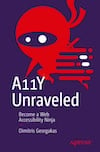
A11Y Unraveled
Georgakas clearly and concisely reviews the fundamentals of web accessibility. He breaks down web design components, explains “what helps with what,” and provides plenty of examples. The book focuses on WCAG 2.1 and 2.2 guidelines and provides an overview of the laws that govern website accessibility in various parts of the world.
Universal Principles of UX: 100 Timeless Strategies to Create Positive Interactions between People and Technology by Irene Peyrera
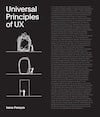
Universal Principles of UX
This encyclopedic, heavily illustrated book is near the top of Amazon’s lists for “User Experience and Website Usability” and “Business Research and Development.” It presents the core principles for thinking about UX through real-world case studies. Each principle is presented in a convenient two-page format: definitions, examples, and guidelines are on the left page, and example images and explanatory graphics are on the right.
A handy pocket version with the same two-page format is coming in September.
Against Technoableism: Rethinking Who Needs Improvement by Ashley Shew
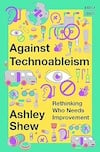
Against Technoableism
Though not specifically about web design, this new 176-page manifesto in the Norton Stories series challenges conventional thinking about technology and disability. It is already widely acclaimed. Shew, an associate professor at Virginia Tech, researches how disability is represented in technological narrative and imagination.
Building For Everyone: Expand Your Market With Design Practices From Google’s Product Inclusion Team by Annie Jean-Baptiste

Building For Everyone
A practical guide to the strategies developed and used by Google’s innovative Product Inclusion and Equity team, “Building for Everyone” covers the best processes and practices for limiting risk and boosting profitability through inclusive design, with case studies from across industries. The author is Google’s product inclusion head and the founder of the EquityArmy community of innovators who are passionate about making the world more inclusive through design.
A Web for Everyone: Designing Accessible User Experiences by Sarah Horton and Whitney Quesenbery, with Foreword by Aaron Gustafson

A Web for Everyone
Even though web technology changes rapidly, design and accessibility principles are timeless. This book is widely recommended, including by Steve Krug, author of the classic web usability bible, “Don’t Make Me Think.”
Accessibility for Everyone by Laura Kalbag

Accessibility for Everyone
Designing with accessibility in mind makes your site more inclusive for everyone, regardless of disability experience. Kalbag explains how to plan, evaluate, and test accessible design and write clear copy, create well-structured information architecture, and design thoughtfully.


